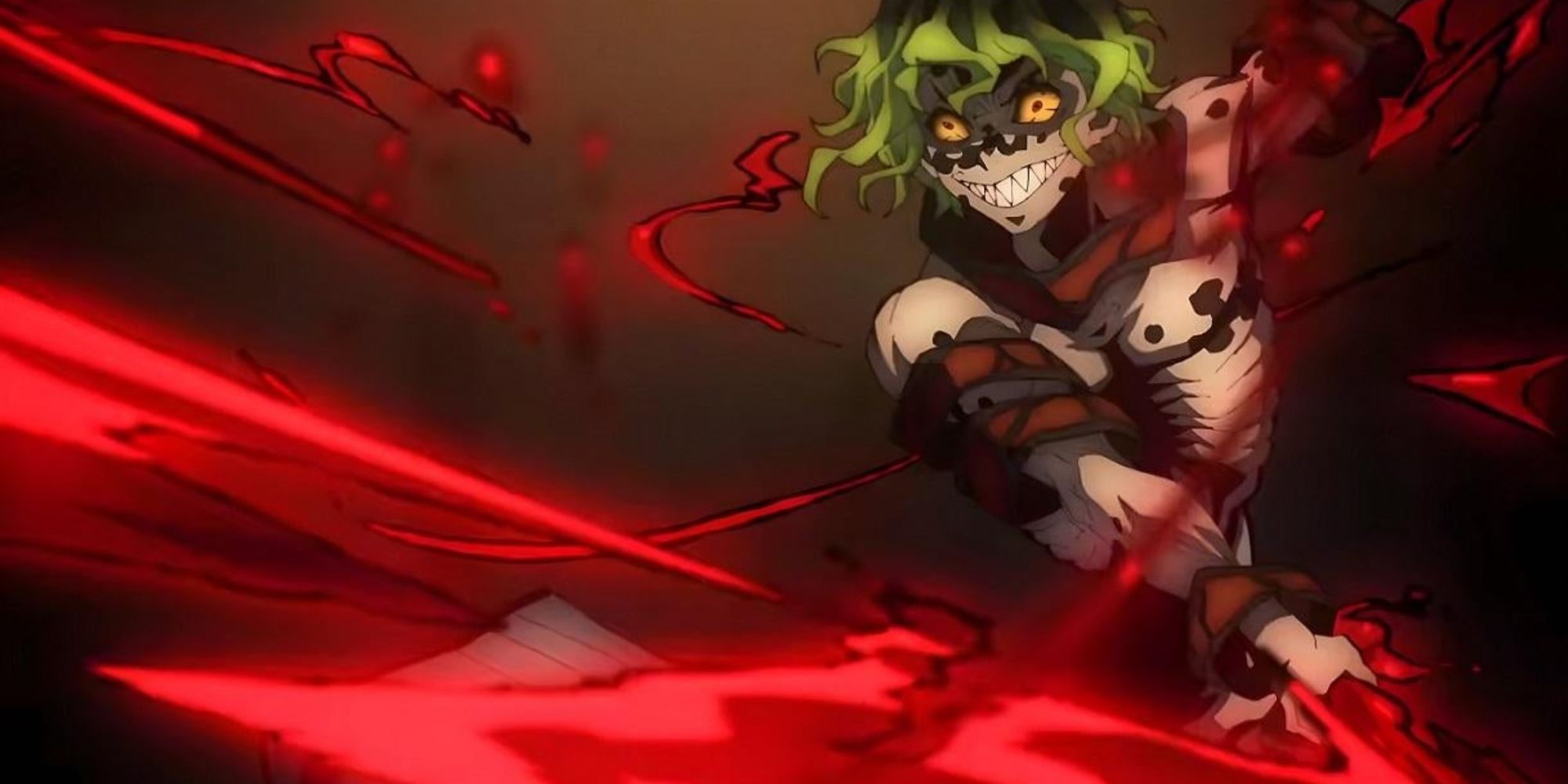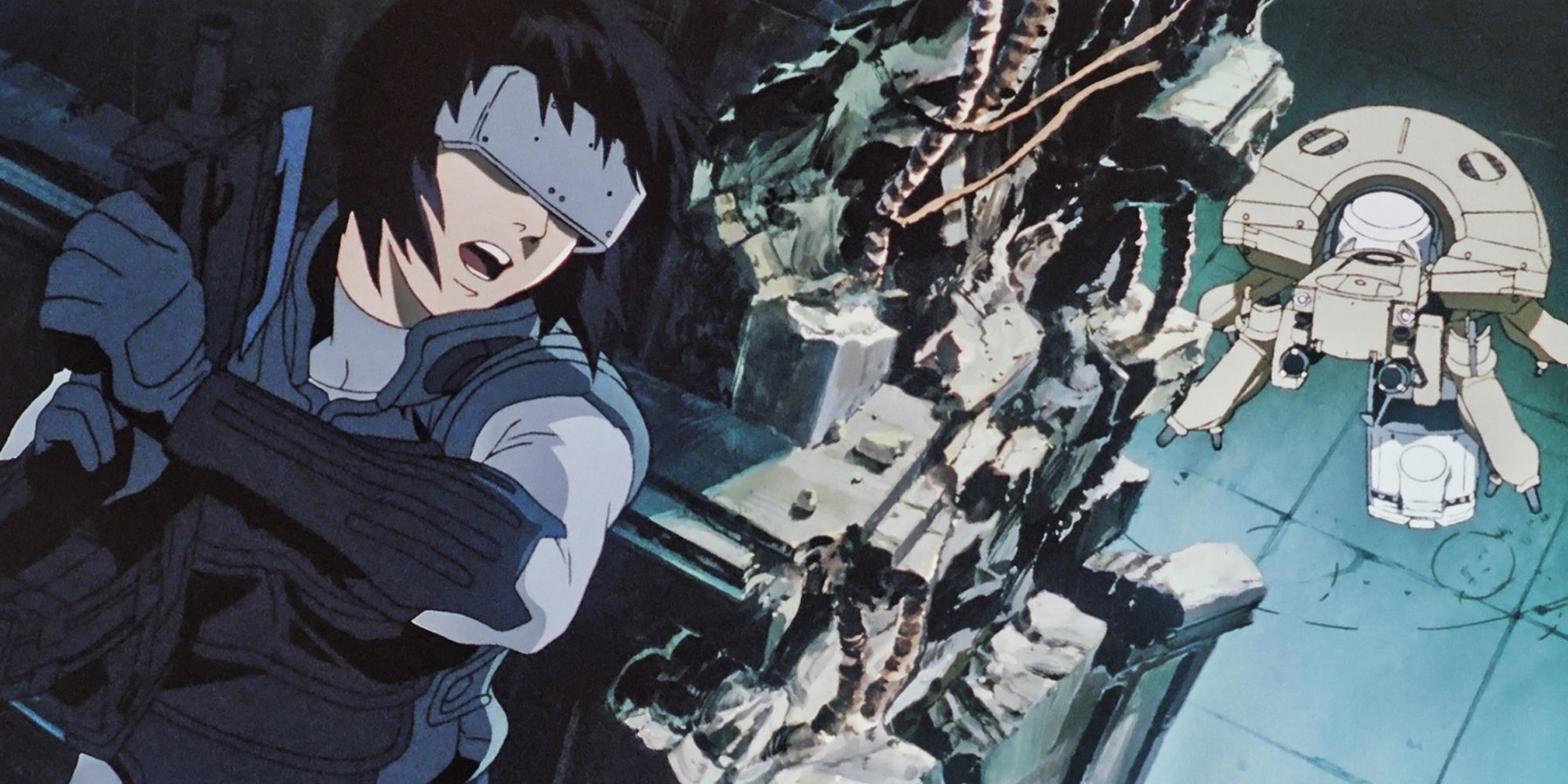Frame rate is a big topic in visual media, notably in gaming circles with the push for higher frame rates after 30 FPS was made the uncomfortable standard on consoles during Generation 7. The thinking of recent years has been "higher frame-rate, better experience" but that is not the case for every medium. Back in 2018, Tom Cruise tweeted a video of him alongside Director Christopher MacQuarrie explaining video interpolation and how pre-activated settings on TVs use it. The message was that viewers should turn these settings off, as they make it difficult to watch films the way that the creators intended, and the same holds for anime.
If you're an anime fan, you've undoubtedly come face-to-face with the frame-rate dilemma anytime you've looked up an opening, ending, or clip in general from a popular series. And in the case of anime, it's rarely the result of a standard setting on the hardware, unless someone is watching anime on a TV with motion smoothing. More often than not, people are consciously editing and interpolating clips in a higher framerate to upload to the web.
The Appeal of A Smoother Frame-Rate
It might not happen for every anime, but when it comes to the most popular and most conventionally "pretty" anime, the popular clips shared are more often in 60 FPS. Especially shows from studios like Ufotable such as Demon Slayer or Fate, which include heavy digital effects work, are prime targets for frame interpolation.
But why does it happen so often? The simplest reason is that because of the normalized assertion of higher frame rates enhancing an experience, many will see the same potential in anime and consider it an improvement. It's similar to how the shows mentioned above like Demon Slayer or Fate are considered "objectively" better-looking than others because of how polished and pretty they look, with an air of a higher budget, even though that isn't actually accurate.
Obviously, objectivity/subjectivity in media is a loaded topic in itself, but generally, it can be agreed that there is more than one way to tell a story and way more than one kind of expression. What's important is understanding why interpolation can be seen as annoying, unnecessary, and disrespectful to artists.
The Intent Of Art
Put simply it's the same reason that Tom Cruise tweeted that video: it presents media in a way other than how the creators intended the media to be viewed. Obviously though, authorial intent is a tricky subject, and it isn't as though people haven't made edits to existing media in an attempt to "fix it."
Furthermore, someone who has no issue with high frame rate anime clips or even prefers them might wonder what it is that makes them bad in the first place. By this article's very thesis it's clear that it isn't optimum, but why? To say that it "looks weird" would be genuine but that would feel lacking as a justification for a PSA.
Years before Tom Cruise told the world to turn off motion smoothing, people were already coming to more informed conclusions about why they disliked it. It can cause computer-generated imagery to move in a way that betrays the intended effect, even in small ways. And thus we return to the intent - and further, the method behind it all.
Frame Rate As Explained By Animation
It might actually be fate that frame rate come up through the lens of anime, as the fewer or greater number of frames is integral to understanding the medium. When animating anything, a key animator will lay out the major frames in a movement or series of movements. Then, an in-between animator adds the frames between the keyframes.
The truth about interpolation is that it serves a very particular intent: to make coverage of high-definition sports smoother and crisper. It makes sense in a medium where second-to-second playback is crucial to analyzing a play. But in film, high-budget television, or animation, frames matter, and often the lack of them matters just as much.
Some animation is super impressive because it is really smooth, but often because the animators put work into animating each frame instead of interpolating everything. Other animations can look incredibly lifelike and gorgeous because there are fewer frames being animated. It's hard to imagine Mitsuo Iso's work or Bahi JD's looking the same if Ghost in the Shell or Kids on the Slope was rendered with interpolation to look like a cutscene in a Pachinko slot machine.
What's The Harm?
At this point, everything said above could very well be preaching to the choir but at the same time someone who doesn't mind it might think to themselves "who hurt this man?" Fair, this is quite a lot of words to summarize the annoyance one feels when logging into YouTube and trying to find the Lycoris Recoil OP in its intended frame rate. Sometimes the interpolation is immediately noticeable and immediately takes one out of the experience. Characters might move smoothly, but the second there is a panning shot, suddenly there's this choppiness in the visuals. Not every interpolation looks the same either. Some are so minor that the difference can hardly be felt, and YouTube video compression doesn't help much.
Someone could very well respond to this entire diatribe by saying that "if you get used to it, it looks fine." But in the years since video interpolation started becoming standard on televisions, humanity has had a lot of time to quietly think "why does this look weird?" It was only a matter of time before people found the words to express their dissatisfaction. None of this is to criticize anyone who enjoys anime clips at 60 FPS or higher frame rates, nor to say that finding it somewhat neat to look at is criminal or anything so harsh. The point of this is to ask viewers of film and animation alike to really think about how their brain is processing the information seen on screen.
When you see something that impresses you, whether it be something made to evoke something real or something fantastical, what about that visual clearly conveyed that message? Consider what the artists intended to do to make that scene what it was. Once that hurdle is passed, it can be easier to appreciate the art in its original, unaltered context. There are a lot of great anime out there that deserve to be appreciated frame by frame in all their glory. Better yet, there are groups actively restoring older animation to be appreciated in glorious high-definition. But changing the frame rate isn't about looks, but rather what those looks convey. It is like changing what camera Christopher Nolan uses against his will, and history likely wouldn't look kindly on a Nolan film shot like a soap opera.




